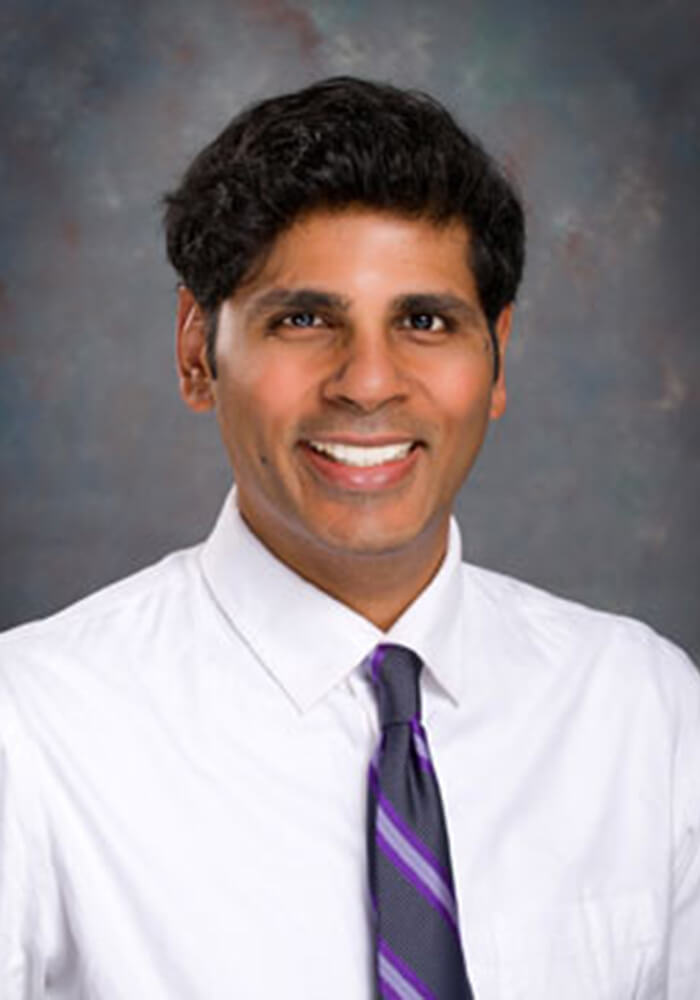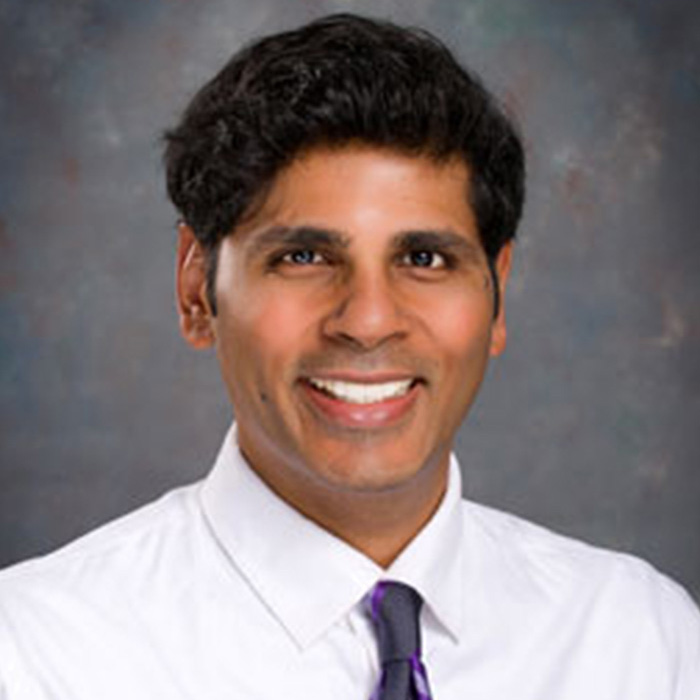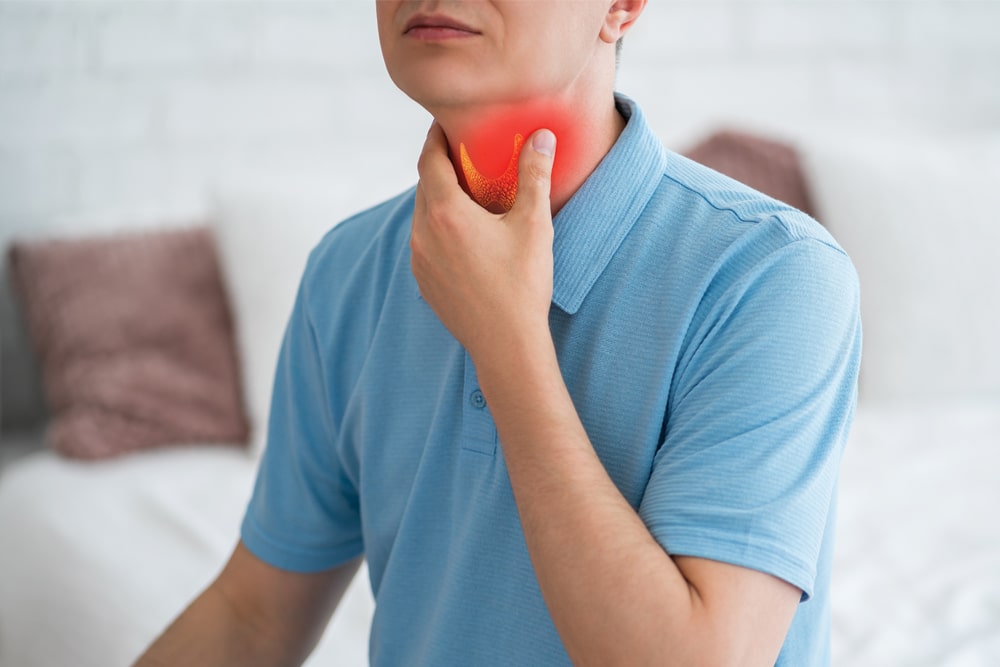Expert Treatment for Ampullary Adenoma by Dr. Bharat Pothuri
Dr. Pothuri uses a step-by-step approach:
Medical History and Physical Exam
He reviews your symptoms-epigastric pain, jaundice, nausea, unexplained weight loss-and your family history of polyps or genetic syndromes. A focused abdominal exam looks for tenderness or signs of bile duct obstruction.
Blood Tests
Laboratory studies evaluate liver function (ALT, AST), bilirubin levels, and pancreatic enzymes (amylase, lipase) to detect ductal blockage or inflammation.
Endoscopy with Biopsy
An upper endoscopy (duodenoscopy) visualizes the ampulla of Vater directly. If a lesion is seen, Dr. Pothuri takes a small tissue sample for pathological analysis to confirm an adenoma and rule out cancer.
Imaging Studies
- Endoscopic ultrasound (EUS) measures the size of the adenoma, depth of invasion, and relationship to adjacent structures.
- MRI/MRCP (Magnetic Resonance Cholangiopancreatography) noninvasively maps the bile and pancreatic ducts to assess for strictures or additional lesions.
Advanced Testing (if needed)
In select cases, repeat endoscopic sampling or cross-sectional imaging helps clarify ambiguous findings before planning treatment.

Frequently Asked Questions
What is ampullary adenoma?
An ampullary adenoma is a small, non-cancerous growth where your bile and pancreatic ducts meet the small intestine.
What causes it?
Risk factors include chronic inflammation of the ducts, family history of polyps or colon cancer, genetic syndromes (like familial adenomatous polyposis), age over 50, smoking, and heavy alcohol use.
Is it serious?
While benign at first, an ampullary adenoma can turn into cancer over time if not treated, so early detection and removal are important.
How is it treated?
Treatment options range from dietary and lifestyle changes plus medication to endoscopic removal (papillectomy or EMR) and, in larger or more advanced cases, surgical ampullectomy or Whipple surgery.
Is recovery easy?
Most patients recover within one to two weeks after endoscopic treatment, with follow-up to monitor for recurrence.
Will I need to change my diet?
Yes. A low-fat, high-fiber diet rich in fruits, vegetables, and whole grains supports healing and helps maintain a healthy weight.











